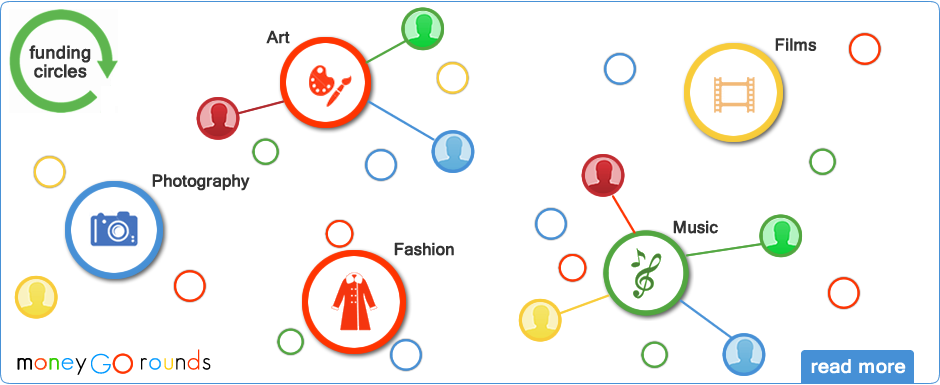
It is a true matter of fact that everything in the world needs funding and finance to move even a single inch! and when innovative marketers adapt the new age mechanism of crowdfunding, their projects get the initial thrust that they require.
Crowdfunding is a phenomenon in which a large number of people come together one by one to continue their financial support for any specific project, mission or activity by collaborating with each other and funding the whole project together by contributing small amounts of money from their own side alternately resulting in the form of a massive collection of funds to make a big budget project possible.
Crowdfunding is used by lots of nonprofit organizations nowadays through lots of socially collaborating platforms that help these nonprofit organizations to promote their activities and their missions and get immediate help from thousands and thousands of people from all over the whole world to make good things possible by the power of crowdfunding!
Crowdfunding has some similarities to the peer-to-peer lending sites, such as Prosper.com, that arose several years ago, but some important differences as well. Both types of sites allow individuals to solicit financing from others for any purpose. But while peer-to-peer lending typically focuses on one individual lending to another, crowdfunding—as its name implies—aims to reach a funding goal by getting many investors to put in small amounts.
A crowdfunding site can be a great way to simplify the process of seeking financing from, say, family and friends. And until now, most business owners using the sites have been looking for very small amounts ($10,000 or less). However, according to the Journal, the sites are beginning to enable larger transactions as more business owners are turning to them.
Funding circles aim to let creative people of all kinds — journalists, artists, musicians, game developers, entrepreneurs, bloggers — raise money for their projects by connecting directly with fans, who receive exclusive access and rewards in exchange for their patronage.
The model is simple: a project creator sets a fundraising goal, deadline, and an optional set of rewards for backers. If the goal’s reached by the deadline, then everyone’s charged via Amazon Payments and the backers get their goodies. If the goal’s not reached, nobody’s charged. It’s all or nothing.
One of the best-known success funding stories is Diaspora, the open-source social network that some are hoping will become an open alternative to Facebook. The startup managed to raise $100,000 in a matter of weeks, thanks in part to some attention from several leading tech blogs. But plenty of other Kickstarter projects are somewhat less glamorous or high-profile.




